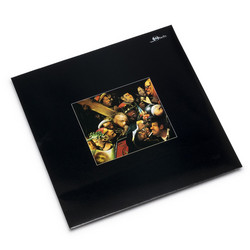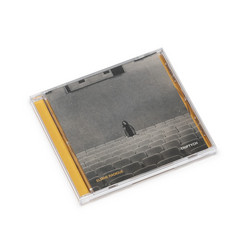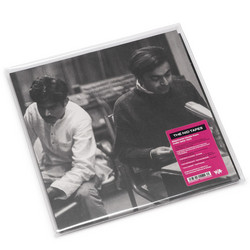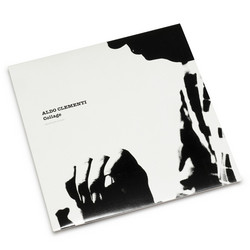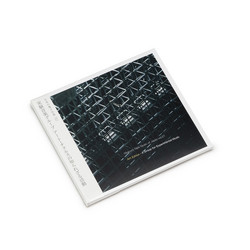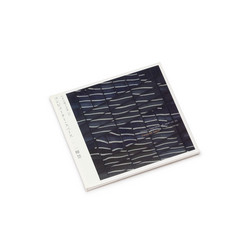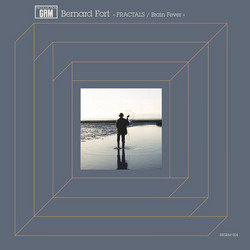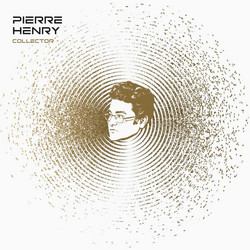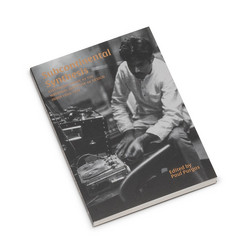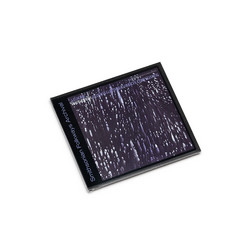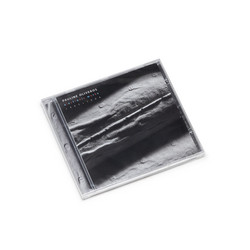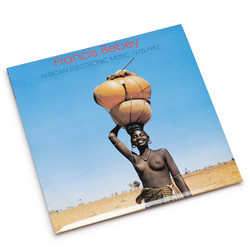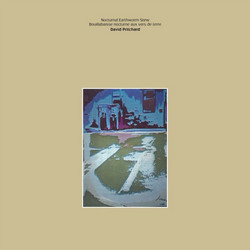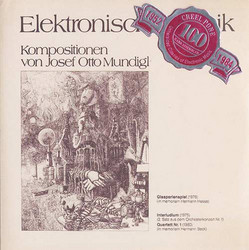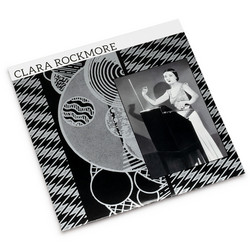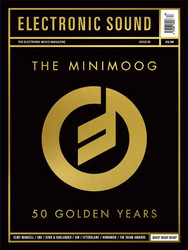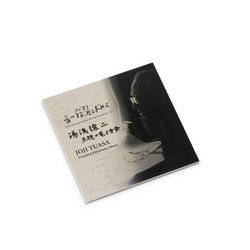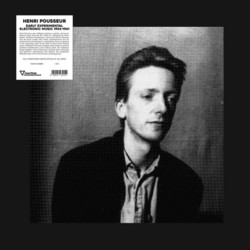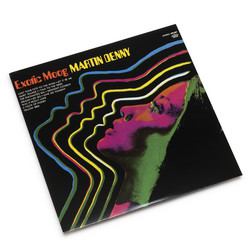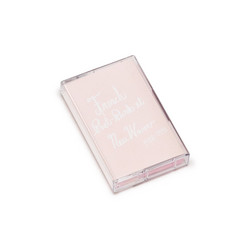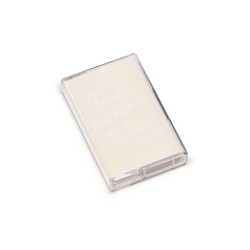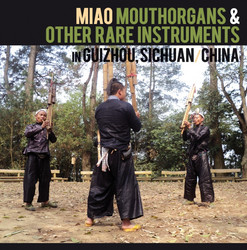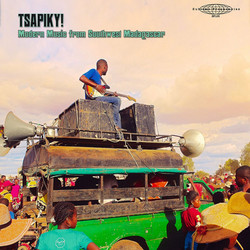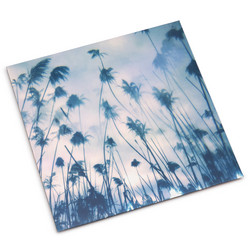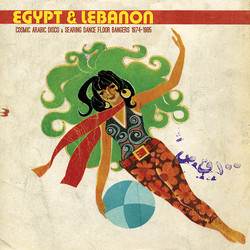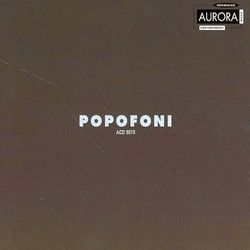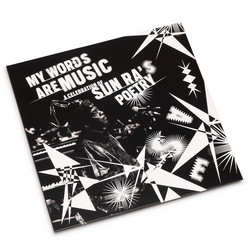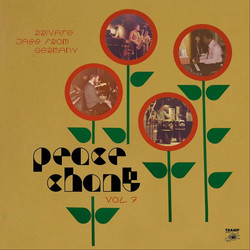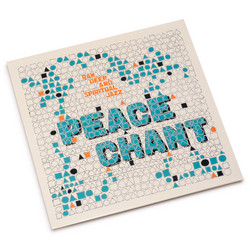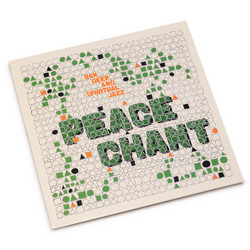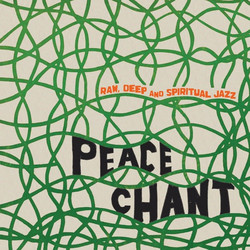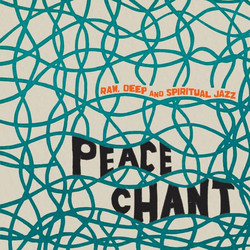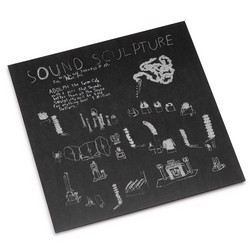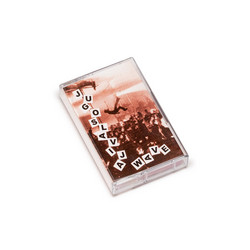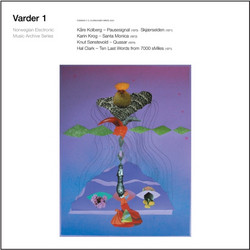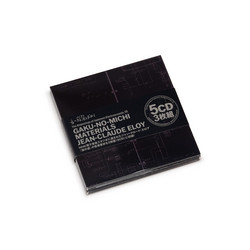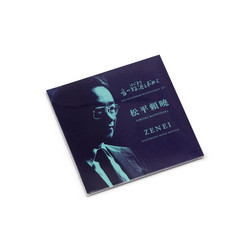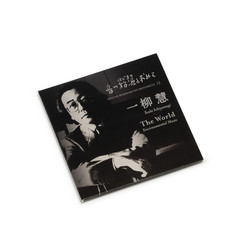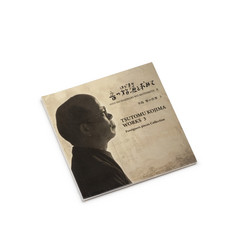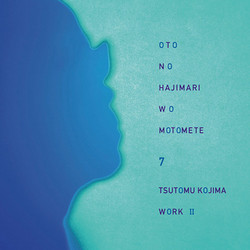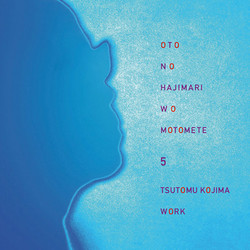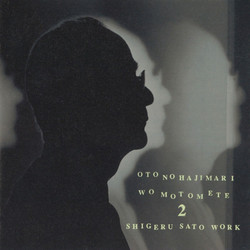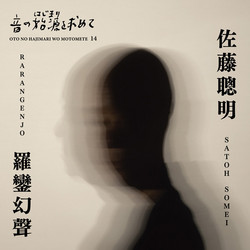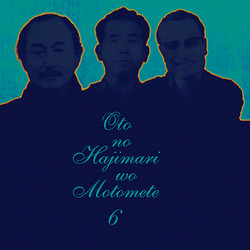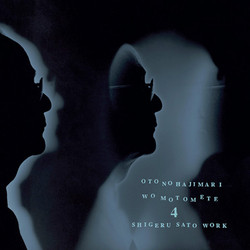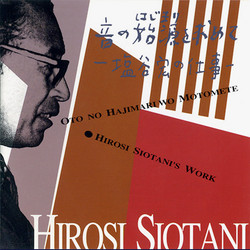Various
Oto No Hajimari Wo Motomete 3: Shigeru Sato Work
The 3rd issue of early Japanese electronic music made by NHK (Nippon Housou Kyoukai : National Broadcasting association) electronic music studio. Engineer Satou assisted many electronic works of avant-garde composers. Contents : Makoto Moroi 'Shosange' (1967), Minao Shibata 'Display '70' (1969), Toshiro Mayuzumi 'Mandara with source of Voice and Electric sound' (1969), Joji Yuasa 'Voices Coming' (1969), Makoto Shinohara 'Broadcasting' (1973)
1. “Small Confession” Makoto Moroi
The works are composed of the Horagai, Takaosan’s Horagai, Shakuhachi, Futozao Shamisen, and Nagauta Shamisen recorded in Nara / Todaiji Nigatsudo’s “Omizutori”. The tremolo and vibrato effect of the material sound is impressive, and LAM was used to produce this effect.
2. “Display ‘70” Minao Shibata
This work, which consists of percussion instrument sounds and electronic sounds, is designed to give the characteristics of each material sound, and is a work that emphasizes the contrast between instrument sounds and electronic sounds. It was created for the Osaka Expo “Japan Government Pavilion”.
3. “Mandala by Electronic Sound and Voice ‘69” Toshiro Mayuzumi
In the first half, sounds like a bird’s voice created by cutting out a filter and LAM from a clustered sound composed of a large number of sine waves, and a low roaring sound made from white noise are used. The second half is mainly composed of various laughters such as laughter in daily life and laughter in Joruri. Each laughing voice is modulated and processed with a filter.
4. “Voices Coming” Joji Yuasa
This work is divided into three parts. Part 1 is a work based on the sound of telephones flying around the world. Part 2 is made with the idea of trying to line up only useless words from a person’s conversation. And Part 3 is an experiment of how much time difference gives an acoustic signal to human hearing to change the sense of localization of the sound image.
5. “Broadcasting” Makoto Shinohara
This is a collage of all NHK radio waves (TV, Educational TV, Radio 1st, Radio 2nd, NHK-FM) recorded at the time. Prepare 6 recorders and 100 rolls of 6mm tapes. The tape was changed every hour and recorded continuously. The recorder at that time did not have a synchronization function between devices, and it was made by correcting the error due to time gaps hundreds of times by tape editing.
These pieces were recorded between 1967 and 1973 at the NHK electronic music studio, Tokyo.
1. Shôsange [小懺悔] (1967)
2. Display '70-1 [ディスプレィ'70] (1969)
3. Mandara With Source Of Voice And Electric Sound [電子音と声によるマンダラ] (1969)
4. Voices Coming [ボイセスカミング] (1969)
5. Broadcasting [ブロードキャスティング] (1973)
Includes 12-page booklet with liner notes in Japanese.
Released with the cooperation of NHK Electronic Music Studio (NHK電子音楽スタジオ) and with the assistance of Rohm Music Foundation (ローム・ミュージック・ファンデーション).

